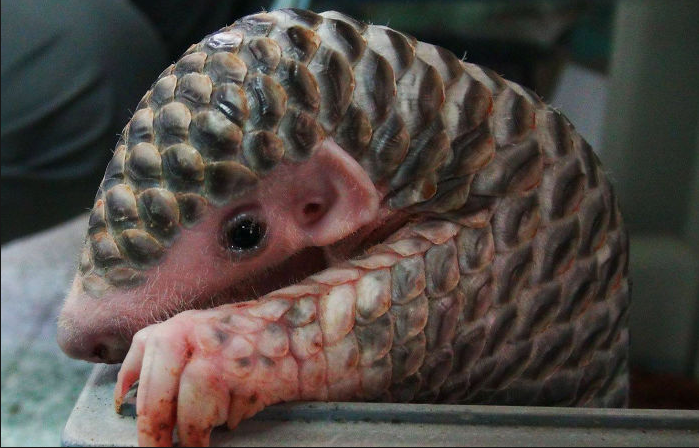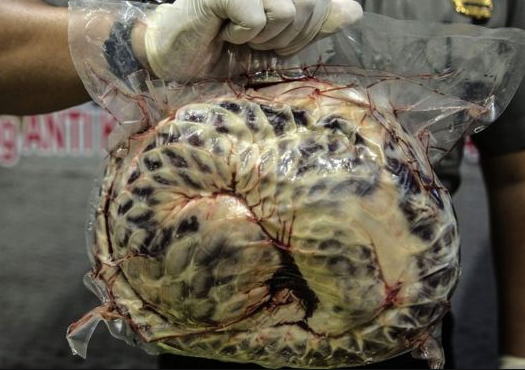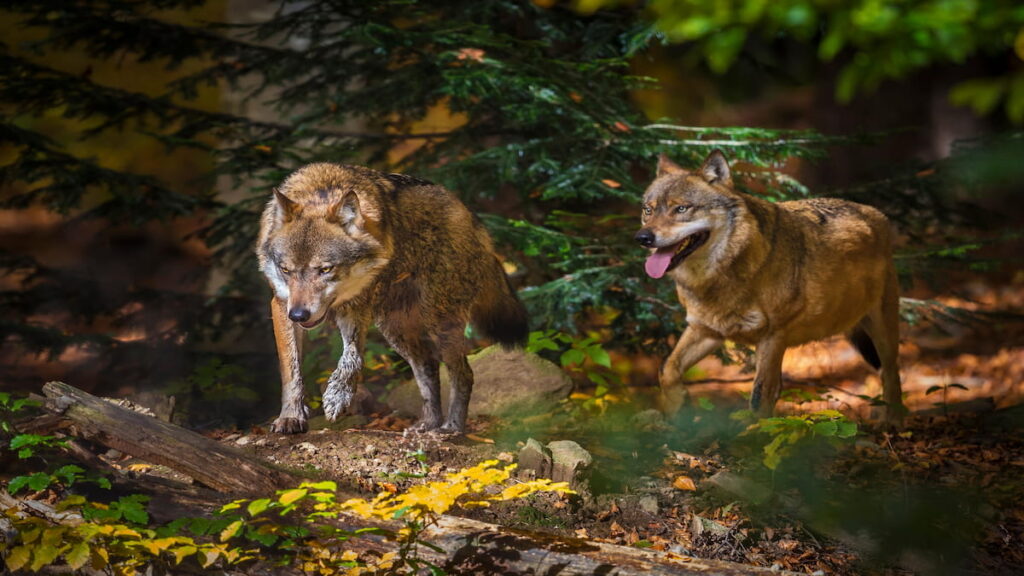What are Pangolins?
Pangolins have made headlines this year for achieving the ominous status as the most illegally traded animal in the world. But what are pangolins – are they a reptile or are they a mammal? And why are they being sold?
Known as ‘Scaly Anteaters’, pangolins are 8 species of mammals that live in Sub-Saharan Africa and Asia. Although pangolins resemble anteaters they are most closely related to dogs and bears.
Pangolins can grow to a weight of 75lbs, and range in color from light brown to dark green. Their unusual heads, poor eyesight, excellent sense of smell, no teeth, and a sticky tongue make for a select diet of ants and termites. Their compact limbs are strong for digging.
Estimates suggest that pangolins can live up to 25 years in the wild, and up to 20 years in captivity. Pangolins are covers in scales, made from keratin, a dense fibrous protein that acts to protect against a variety of trauma – just like our toenails! When threatened pangolins roll into an ‘armored ball’, which confuses and frustrates predators.

Eight different pangolin species can be found across Asia and sub-Saharan Africa. Poaching for illegal wildlife trade and habitat loss have made these incredible creatures one of the most endangered groups of mammals in the world.
Pangolins generally have one offspring at a time and reach reproductive maturity at 2 years of age.
The Illegal Trade of Pangolins
From fashion accessories to traditional medicine the demand for pangolin has reached an all-time high; not surprisingly 4 of the 8 Asian species have reached the critically endangered status with predictions of their complete extinction within the next 15 years. Dried and treated pangolin scales are used in China to treat a variety of illness’, including anxiety and chronic crying in babies. 2.2lbs (1kg) of dried pangolin scales can sell for $1000USD. In China alone, their wild populations have declined by over 90% in 20 years.

As a form of bushmeat protein, the pangolin is growing increasingly popular in Western Africa and Southeast Asia, further damaging their long-term prospects for survival.
How can we help?
It starts with awareness. We need to spread the word that pangolins are nearing extinction. We must avoid purchasing pangolin jewellery, traditional medicine and pangolin meat as a food source. We can donate time as a volunteer and money to support anti-trafficking efforts.
If you’re interested in learning more about pangolins, and how you can help, check out these links below:
- IUCN-SSC Pangolin Specialist Group www.pangolinsg.org
- Angkor Centre for Conservation of Biodiversity (ACCB) in Cambodia www.accb-cambodia.org
- ASEAN-WEN www.asean-wen.org
- Conservation International-Cambodia www.conservation.org
- Education for Nature Vietnam www.envietnam.org
- Fauna & Flora International www.fauna-flora.org
- Harapan Rainforest https://harapanrainforest.weebly.com/
- Pangolin Research Mundulea pangolins-namibia.blogspot.com
- Save Vietnam’s Wildlife (Carnivore and Pangolin Conservation Program) www.savevietnamswildlife.org
- Tikki Hywood Trust www.tikkihywoodtrust.org
- TRAFFIC www.traffic.org
- Wildlife Conservation Society Wildlife Crimes Unit www.wcs.org



